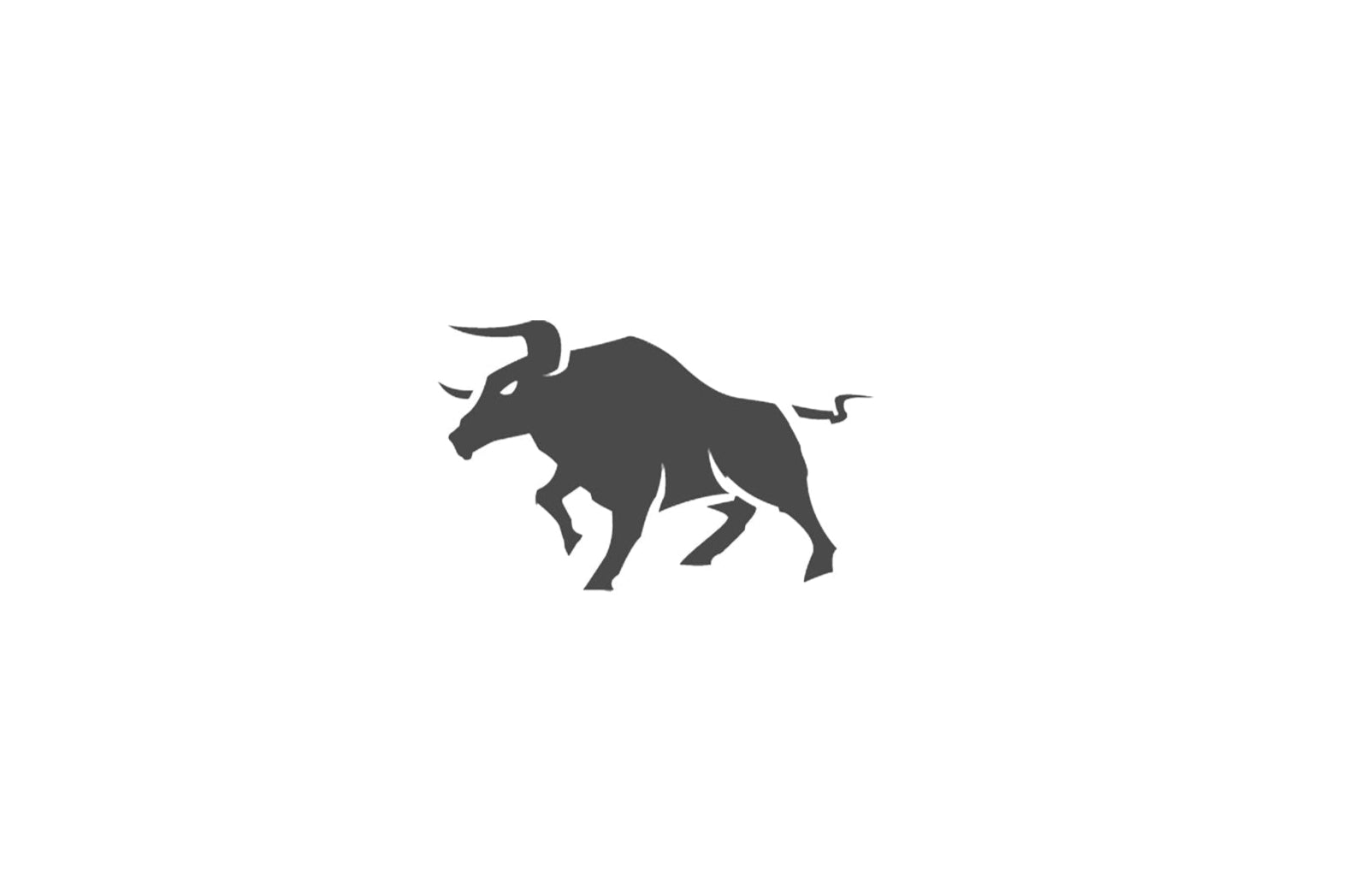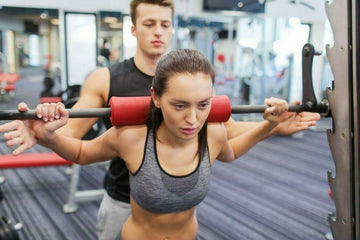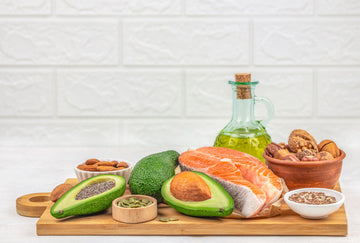Fast, effective muscle growth through daily squats!
Don't believe it? Try it!
Correctly performed squats activate more than half of the body's muscles. The exercise is extremely complex and activates not only the back, leg and buttock muscles, but also the mobility in the knees, hips and ankles. It is important that you do squats for at least 30 minutes every day. By that we really mean seven days a week, including weekends. And do that for at least a month.
After the squats, you train the rest of your body for about 45 minutes. That means you spend about an hour and a half in the gym every day. For a month. Does that sound hard? It is! But it's absolutely effective!
Our program is suitable for absolute beginners as well as advanced users. The reward is rock-hard leg muscles, a strong back and an ultimately toned bottom.
Training plan
- Monday: Squats and chest training
- Tuesday: Squats and shoulders
- Wednesday: Squats and cable exercises
- Thursday: Squats and arm muscle training
- Friday: Squats and abdominal and back exercises
- Saturday: Squats and stretching exercises
- Sunday: Squats
So there really isn't a single day without squats. What's more, you won't just be squatting, you'll be squatting hard! Every day you'll be working your way up to the maximum number of repetitions possible. A daily plan for barbell squats for advanced athletes looks something like this:
- Bar without weight: 12 reps.
- 40 kg: 12 reps
- 60 kg: 6 reps
- 80 kg: 6 reps
- 100 kg: 3 reps
- 120 kg: 3 reps
- 140 kg: 2 reps
If you can still do it, increase the weight and do a few more squats. If the plan is too difficult for you, adjust the weights downwards. But remember: you should always give it your all!
Don’t be afraid of overtraining!
You're probably familiar with the reservations many trainers and athletes have about so-called overtraining. We want to take this worry away from you with our squat program. Although the training plan seems brutal at first glance and there isn't a single day set aside for regeneration, your body won't fall into a state of complete physical and mental exhaustion. After all, squats are a natural movement and the workout is short and sweet. Just try out how far you can go - you'll be amazed at yourself!
Required equipment
All you need is a barbell with the appropriate number of weights, a suitable barbell stand and your iron will. If you want to make your training program even more effective, you can also purchase the following equipment:
- Special shoes for weightlifters or at least sports shoes with a flat, hard sole
- Weightlifting belt
- Knee supports
Different squat variations
Below we present you with six different variations, with and without a weight lifting belt. Each one feels a little different and will be either easier or more difficult to perform. We recommend that you choose the variations that are the most difficult for you, as they will allow you to make the greatest progress.
1. Classic squat
You stand with your legs shoulder-width apart. You bend deeply with your buttocks pushed back and explode back up. Your back remains straight.
2. Squat with pause
Exercise as 1. However, you pause in a bent position for one to two seconds. This requires a lot more strength when pushing back up, is more strenuous and at the same time more effective.
3. Variant 1 and 2 with weight lifting belt
The belt stabilizes your core and allows you to handle more weight. It is important that you position the belt correctly. It must be at belly button height and very tight.
4. Wide stance squats
You stand with your legs wider than shoulder-width apart. Your back is slightly bent forward and very straight. The range of motion in the wide stance is slightly smaller than in classic squats, but you can handle more weight. We recommend that you use the weight lifting belt and special shoes for this variation.
5. Front squats
In these squats, the weight is on the front of the body because you support the barbell with both hands on the front shoulders. Now you perform the squats like the classic version, although you can probably handle less weight. You can also do front squats with a break, similar to version 2.
6. Variant 5 with weight lifting belt
You'll feel a huge difference with a belt, especially when doing front squats. You're using the belt correctly when you actively press your abdominal muscles against the belt.
Tip: All variations can also be performed with knee supports. If you use the belt and knee supports at the same time, you can handle the most weight.





